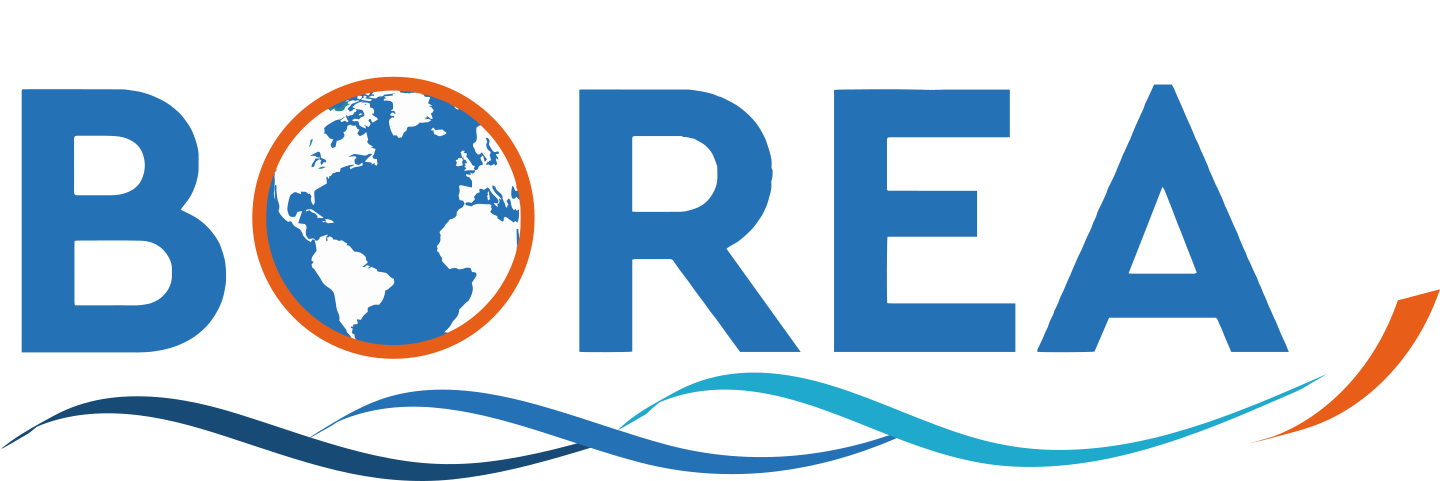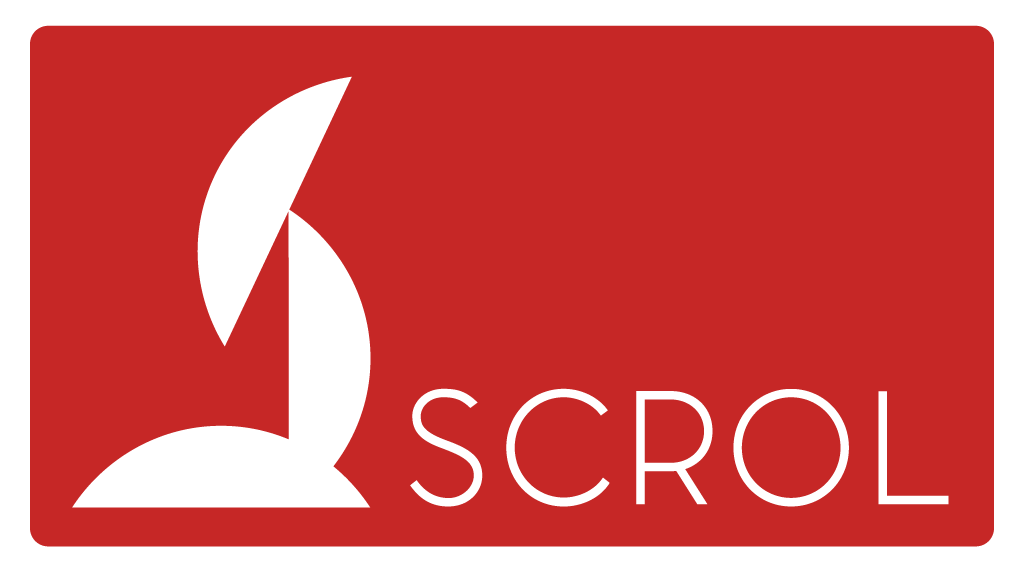Journal
<p>The influence of dietary vitamin \{D3\} (VD3) on survival, growth and morphogenesis during the larval development of European sea bass (Dicentrarchus labrax) was evaluated until 45 days post hatching. Diets contained 4% of the standard vitamin mix (VM) recommended by the National Research Council (NRC) and incorporated 0, 19.2, 38.4, or 140 İU\} of \{VD3\} per gram of diet to give VD-0, VD-1, VD-2 and VD-3 dietary treatments, respectively. The present study revealed for the first time an impact of dietary \{VD3\} on the sea bass digestive system ontogenesis that consequently conditioned the ossification process and morphogenesis. All dietary \{VD3\} levels were in the “adequate range” based on larval survival. Nevertheless, growth, intestinal maturation and ossification at the end of the larval stage were harmed by the minimum dose of \{VD3\} tested and resulted in the appearance of malformations. VD-2 and VD-3 groups showed satisfactory growth and ossification levels at the end of the larval period. However, results of enzymatic activity and expression of genes involved in the \{VD3\} pathway (bone morphogenetic protein 4, osteocalcin, vitamin D receptors and transient receptor potential cation channel-subfamily V, member 6-) gave evidence of complications during the ossification process as revealed by the high percentage of deformed larvae. A \{VD3\} level of 19.2 IU/g diet appeared necessary to obtain harmonious larval morphogenesis.</p>

